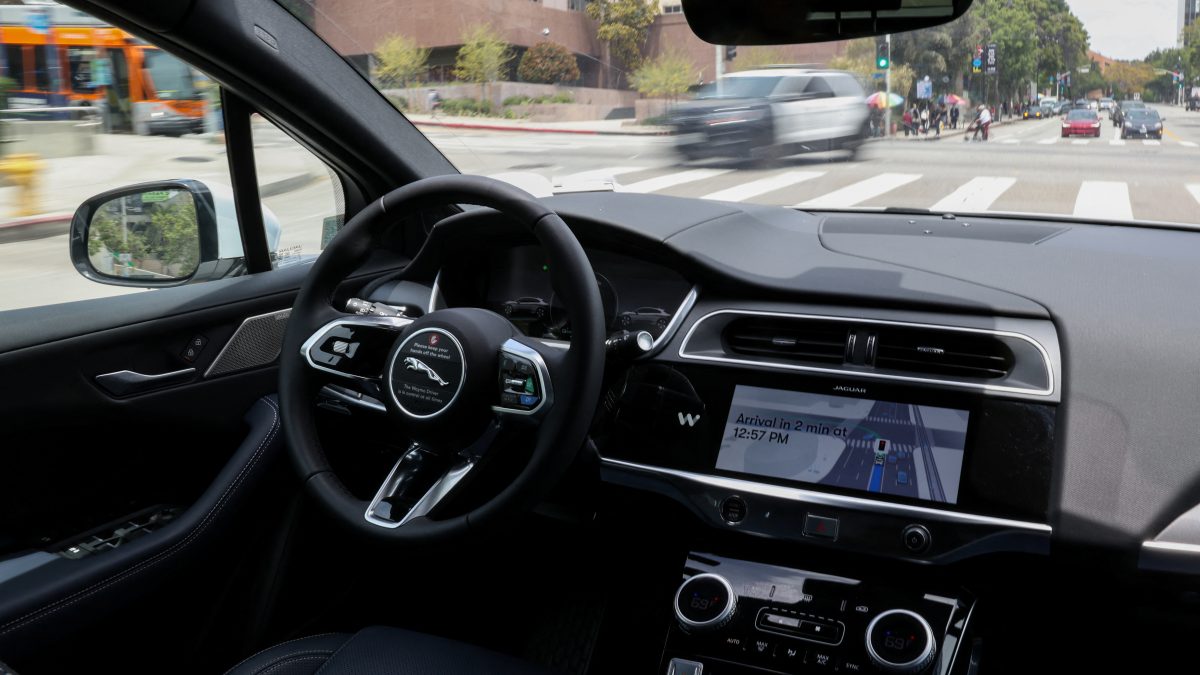The new lineup of Google Pixel phones has been officially announced and will reach the Indian shores this week for buyers to get their hands on. Today, we will take a quick look at what the Pixel 10 series brings to the table, how it compares to the Pixel 9 series and of course, how much of your savings would you need to blow up to get your hands on one. We begin with the Google Pixel 10 and then touch upon its Pro and XL variants. Let’s find out what’s new and what’s still the same.
Google Pixel 10 vs Google Pixel 9
We will compare these phones on five key parameters - design, display, processing hardware, camera and battery. As for design, there’s hardly any change in size or shape. Only a very keen eye will notice the addition of the third camera inside the camera band at the back. Google had done away with the curvy frame and opted for a flat one in the Pixel 9 series. They have largely left it untouched this time. The camera island, which is a signature design element of Pixel phones, is also the same. The build quality and finish are exquisite.
Google hasn’t bothered tinkering around with the display either. While you get the same 6.3-inch OLED display with the same Full HD+ resolution and 120 Hz refresh rate, the Pixel 10’s screen is slightly brighter with a peak brightness of 3000 nits as compared to 2700 nits on the Pixel 9. It continues to be protected by a layer of Corning Gorilla Glass Victus 2, and the protection extends to the phone’s glass back too.
As expected, the Pixel 10 series gets the new Google Tensor G5 SoC. Though we are not at the liberty of disclosing its benchmark scores and other data at the moment, its upgraded, faster cores are expected to deliver better performance than the G4. The phone also has the Titan M2 security co-processor. One notable change here is Google finally moving to the faster UFS 4.0 storage in the Pixel 10 series. Inexplicably, it was stuck at UFS 3.1 for the past couple of generations. The Pixel 10 comes equipped with 12 GB RAM and 256 GB storage.
Impact Shorts
More ShortsAnother major change in the Pixel 10 as compared to its predecessors is the inclusion of a telephoto camera that users have been demanding for years. But it comes at a cost. The rear camera department is helmed by a 48MP primary camera (instead of 50MP on the Pixel 9) with dual pixel PDAF and OIS (optical image stabilisation). You now get a 10.8MP telephoto camera with OIS that provides an impressive 5X optical zoom. The victim of this addition seems to be the ultra-wide camera, at least on paper.
The impressive 48MP ultra-wide camera on the Pixel 9 has been replaced with a 13MP unit here. We will reserve our opinion on its performance for the Pixel 10 review. It still has auto-focus though and hence macro photography capabilities. The 10.5MP selfie camera with PDAF has been retained. All the cameras can record 4K videos at up to 60 fps. While we are still evaluating the camera performance, one can safely say that the camera department on the Pixel 10 is certainly a lot more versatile than any of its predecessors.
Battery capacity sees a marginal increase from 4700 mAh to 4970 mAh, and so does the charging speed from 27W to 30W. The phone also supports 15W wireless charging. We will share the charging speed and battery life figures in our final review, along with camera samples. The Pixel 10 runs Android 16 out of the box with 7 more major Android updates promised going ahead. We truly appreciate such long-term commitment from the manufacturer.
The Google Pixel 10 with 12 GB RAM and 256 GB internal storage is priced at Rs 79,999 in India (same as the Pixel 9 at launch) and will be available for purchase online and offline starting 28th August 2025.
Google Pixel 10 Pro/ 10 Pro XL vs Google Pixel 9 Pro/ 9 Pro XL
Unlike the Pixel 10, the Pixel 10 Pro and 10 Pro XL see very few changes, leaving a couple. The design, display and camera hardware have pretty much been left unchanged barring a nominal 300 nits increase in peak screen brightness of their respective 6.3-inch and 6.8-inch displays. Same goes for the battery capacity which now sees a 170 mAh jump to 4870 mAh on the Pixel 10 Pro and a 140 mAh jump to 5200 mAh on the Pixel 10 Pro XL. Charging speeds have increased to 30W from 27W for the Pro and to a notable 45W from 37W for the Pro XL.
Just like the Pixel 10, the Pro models also get the faster UFS 4.0 storage. They come equipped with 16 GB RAM and 256 GB storage, and of course, the Google Tensor G5 SoC and the Titan M2 coprocessor. These phones too run Android 16 out of the box and will get 7 more major OS updates and regular security updates for years to come. Another useful change in all the Pixel 10 series phones is compliance with Bluetooth 6.0 as compared to version 5.3 previously. Other changes are largely software and AI based which we will touch upon in the final review.
The Google Pixel 10 Pro and Pixel 10 Pro XL with 16 GB RAM and 256 GB internal storage are priced at Rs 1,09,999 and Rs 1,24,999 respectively in India; same as their predecessors at launch. They too will be available for purchase online and offline starting 28th August 2025 with a handful of launch offers.


)

)
)
)
)
)
)
)
)



